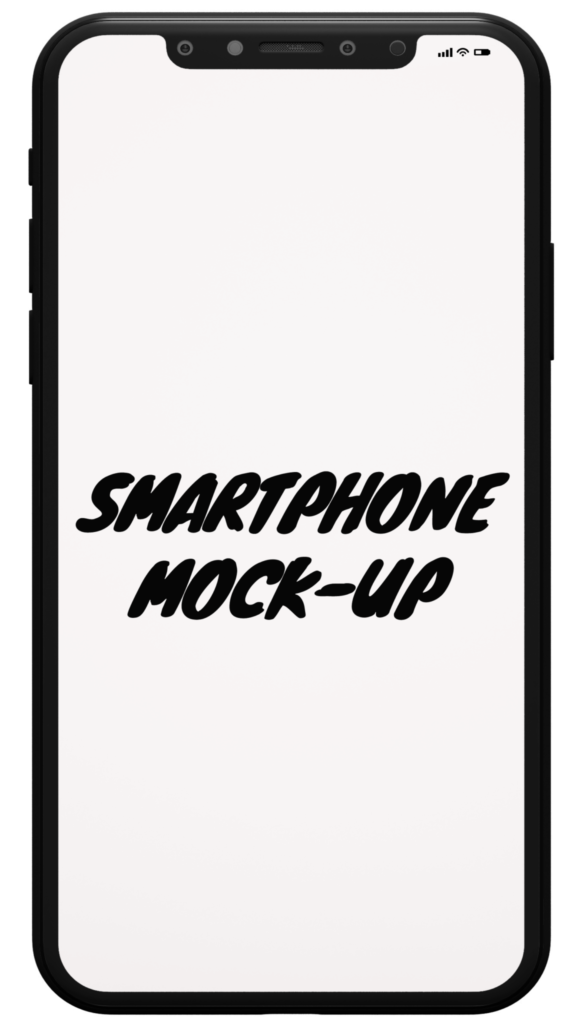Sharpening
Knife sharpening
Through Suba Knives, Steffen offers his services to private and professional users. The knives are sharpened and polished by hand on traditional Japanese whetstones with a coarseness of 240-8000 depending on the type of knife.
Some people think that expensive knives should not be sent by mail. We can often offer to pick up your knives and return them in less than a week. Please contact me so that we may figure out the best solution for you.
Besides knife sharpening and selling high-end chef’s knives, Steffen also works as a consultant helping businesses in the knife and food industry.
On this page, we will share information on knife maintenance, tips and tricks, and videos on the subject.
Any questions?
Contact me if you need some help or have questions about your knives.
Why use a good knife?
Professionals in the food industry seldom stop to ask questions, even as simple as “Why?” But we should. Could anyone eating my dish of food sense what tools I’ve used? Why not just use cheap and simple knives that can take a beating? Why bother using superior knives?
I often compare knives to driving cars. Here it is also a choice of style and comfort (some too will say that showing off is important) and definitely price. Bad knives just won’t give you the same cut as a good knife. A dull blade requires force to “cleave” the matter at hand, whereas good knives slice easily through an object. This is important.
Take cutting a tomato, for instance, with a blunt knife. Here the challenge is to puncture the skin without squashing it into pulp and getting juice all over your cutting board. Conversely, using a very sharp knife will allow you to cut through the tomato with a simple, effortless pull, and thus allow the juices, and taste, to remain inside the desired wedges and slices.
The very same technique – pulling, rather than pushing – is used by Japanese sushi chefs to cut sashimi. Simply because the object of the art of cutting sashimi is to produce raw cuts of fish, it is extremely important that the right tool is used to make the ideal cut. Using a quality knife ensures that the cut presents itself as perfect as can be, so that you can taste the delicately curated soy sauce first and then the perfectly cut fresh fish. Had the very same fish been cut with a dull blade, the surface of the sashimi cuts would have been ruptured and thus make the fish soak up the soy sauce just like a dry piece of wood, which in turn would ruin the tasting experience as it would be impossible to discern the two and thereby taste the freshness of the fish. In respect for the fish, we owe it a proper treatment.
The same issues come into play when we cut fruit and greens. It means that for instance a salad remains fresher for a longer period when it is cut with a sharp knife rather than crushed with a dull knife. This also goes for meat. Next time you cut a steak, look at the cutting board and consider the juice; wouldn’t you prefer that inside your cutlets? A dull knife will break its way through, whereas a sharp knife will make its way through.
Thus the bite of the sharp knife, opposed to the blunt knife, gives a better result in many ways besides presentation and ease of use – it makes your food better.



